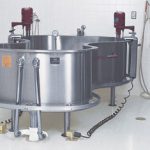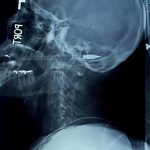Is Too Much Crystalloid a Bad Thing?
All trauma centers have massive transfusion protocols, and they typically spell out the approximate ratios of blood to plasma to platelets. But they do not address the use (or overuse) of crystalloid during these large volume resuscitations.
A multicenter, prospective study was carried out looking at the outcomes after resuscitation from hemorrhagic shock using massive transfusion (at least 10u PRBC in 24 hrs). The patients were severely injured (average ISS 34), and overall mortality and incidence of multi-organ failure was 21% and 65%, respectively. The median amount of crystalloid given was 17 liters, and median red cell transfusion was 14 units in 24 hours.
The authors found that if the crystalloid to PRBC ratio exceeded 1.5:1, morbidity increased significantly. The incidence of multiple organ failure doubled, ARDS tripled, and abdominal compartment quintupled! The authors suggested further research, and did not provide specific strategies for decreasing early crystalloid.
Bottom line: As expected, giving so much crystalloid that we turn people into the Sta-Puft Marshmallow Man is not good. While waiting for additional research, it is probably prudent to try to rapidly achieve definitive control of bleeding and apply gentle use of pressors to decrease the total crystalloid given during resuscitation.
Reference: The crystalloid / packed red blood cell ratio following massive transfusion: when less is more. Presented at the 24th Annual Scientific Assembly of the Eastern Association for the Surgery of Trauma, January 2011.



